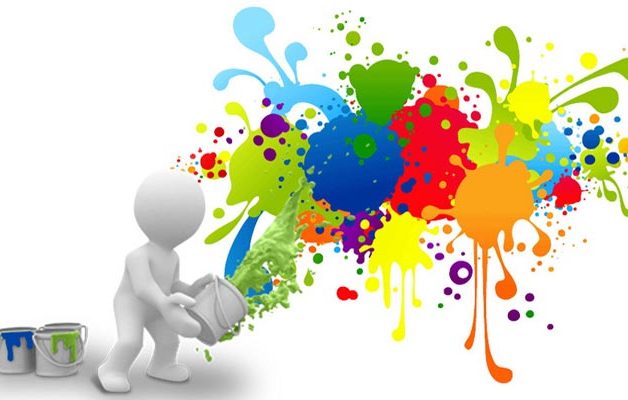 Branding
Branding How to Ensure Your Logo Design Boosts Your Branding
Logos are everywhere. Global corporations have them. Medium sized companies have them. Small businesses have them. Logos help with branding and marketing a company as well as creating an easily recognisable identity.
But simply having a logo isn’t enough, especially if it is poorly designed and has no impact when seen. It must be designed and created so that it is effective in promoting your brand in all manner of ways and mediums.
The first step in designing an effective logo has nothing to do with graphics or text. It is research, both internal and external. Identify what you want your company branding to convey, and what its mission is all about. Also, think about the sort of customers you are targeting and what appeals to them.
Externally, look at what is working well, both within your industry, and within others for potential ideas. Never copy another company’s logo, but by all means ask your designer to adapt design elements of other logos that have proved to be successful.
The most successful and recognisable logos that exist are those that are simple and uncluttered. The principle here is that anyone looking at the logo should not have to decipher a hugely complex graphical design. Logos are not created to win abstract art competitions so bear this in mind.
Using text within the logo design is fine, as long as what’s written is succinct and easily read. It could be a short marketing message, the company name or a motto for example. Bear in mind one of the most important aspects of your logo is that it should be memorable. If someone seeing it is required to memorize a large chunk of text, it will happen, but for all the wrong reasons.
If you are going to use text it is good practice to use a font that can be read easily. Script fonts that look like handwriting should be avoided as these can be very difficult to decipher compared to more basic fonts.
Your logo also needs to be adaptable so it can be seen properly on all mediums. Although it may look fine on your computer screen, consider how it might appear on other items such as headed paper, advertising images, product packaging and even promotional materials such as pens, t-shirts and coffee mugs. By carefully selecting the size, font, colours and styling at the outset to ensure your logo will work in all circumstances, you will save yourself a lot of time and expense by it not having to be redesigned later.
Finally, you want your logo to be unique so that it identifies your business and your business alone. If it is too similar to other companies, especially within your niche, then customers are going to be confused.
Logos are everywhere. Global corporations have them. Medium sized companies have them. Small businesses have them. Logos help with branding and marketing a company as well as creating an easily recognisable identity.
But simply having a logo isn’t enough, especially if it is poorly designed and has no impact when seen. It must be designed and created so that it is effective in promoting your brand in all manner of ways and mediums.
The first step in designing an effective logo has nothing to do with graphics or text. It is research, both internal and external. Identify what you want your company branding to convey, and what its mission is all about. Also, think about the sort of customers you are targeting and what appeals to them.
Externally, look at what is working well, both within your industry, and within others for potential ideas. Never copy another company’s logo, but by all means ask your designer to adapt design elements of other logos that have proved to be successful.
The most successful and recognisable logos that exist are those that are simple and uncluttered. The principle here is that anyone looking at the logo should not have to decipher a hugely complex graphical design. Logos are not created to win abstract art competitions so bear this in mind.
Using text within the logo design is fine, as long as what’s written is succinct and easily read. It could be a short marketing message, the company name or a motto for example. Bear in mind one of the most important aspects of your logo is that it should be memorable. If someone seeing it is required to memorize a large chunk of text, it will happen, but for all the wrong reasons.
If you are going to use text it is good practice to use a font that can be read easily. Script fonts that look like handwriting should be avoided as these can be very difficult to decipher compared to more basic fonts.
Your logo also needs to be adaptable so it can be seen properly on all mediums. Although it may look fine on your computer screen, consider how it might appear on other items such as headed paper, advertising images, product packaging and even promotional materials such as pens, t-shirts and coffee mugs. By carefully selecting the size, font, colours and styling at the outset to ensure your logo will work in all circumstances, you will save yourself a lot of time and expense by it not having to be redesigned later.
Finally, you want your logo to be unique so that it identifies your business and your business alone. If it is too similar to other companies, especially within your niche, then customers are going to be confused.
